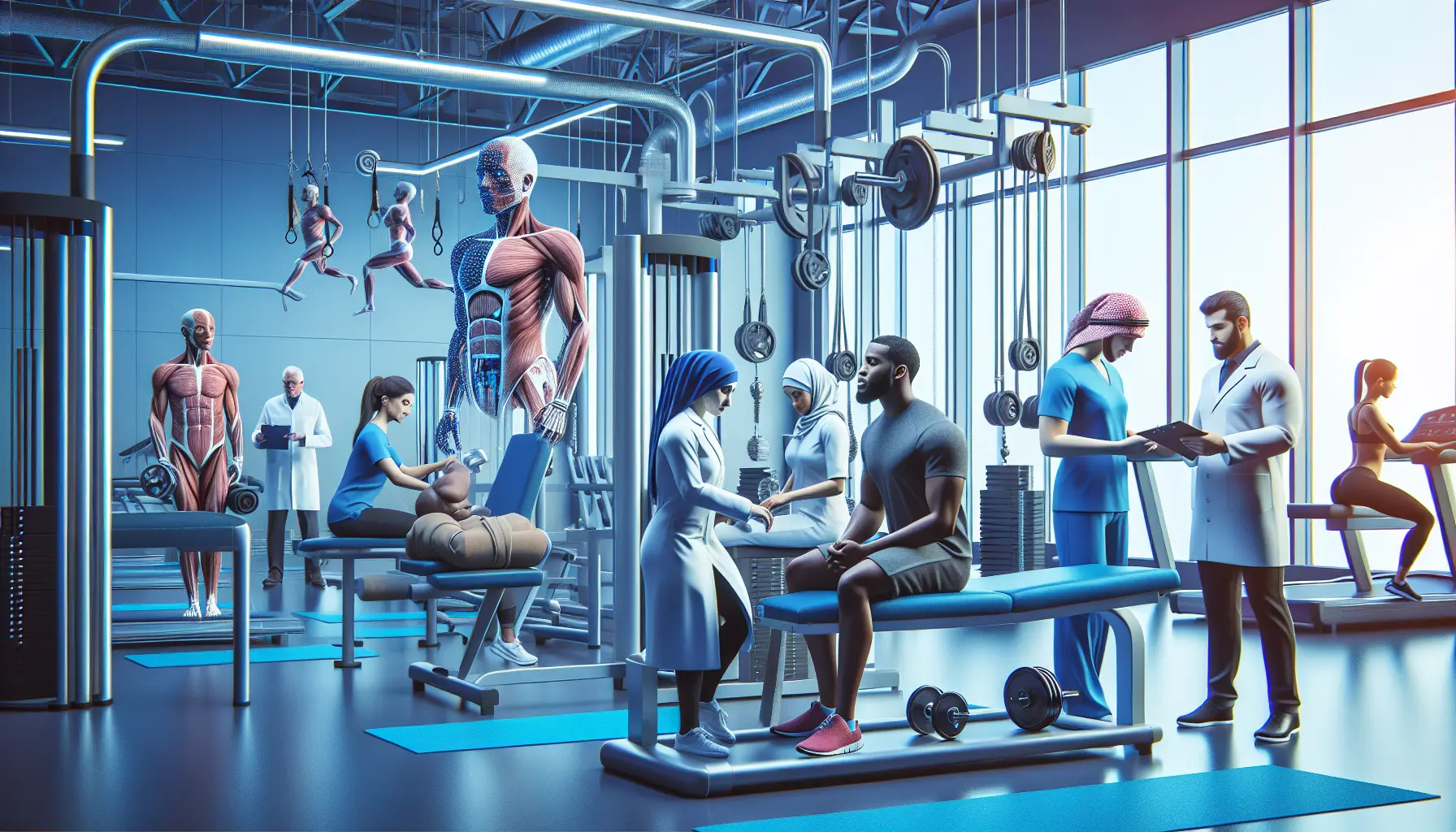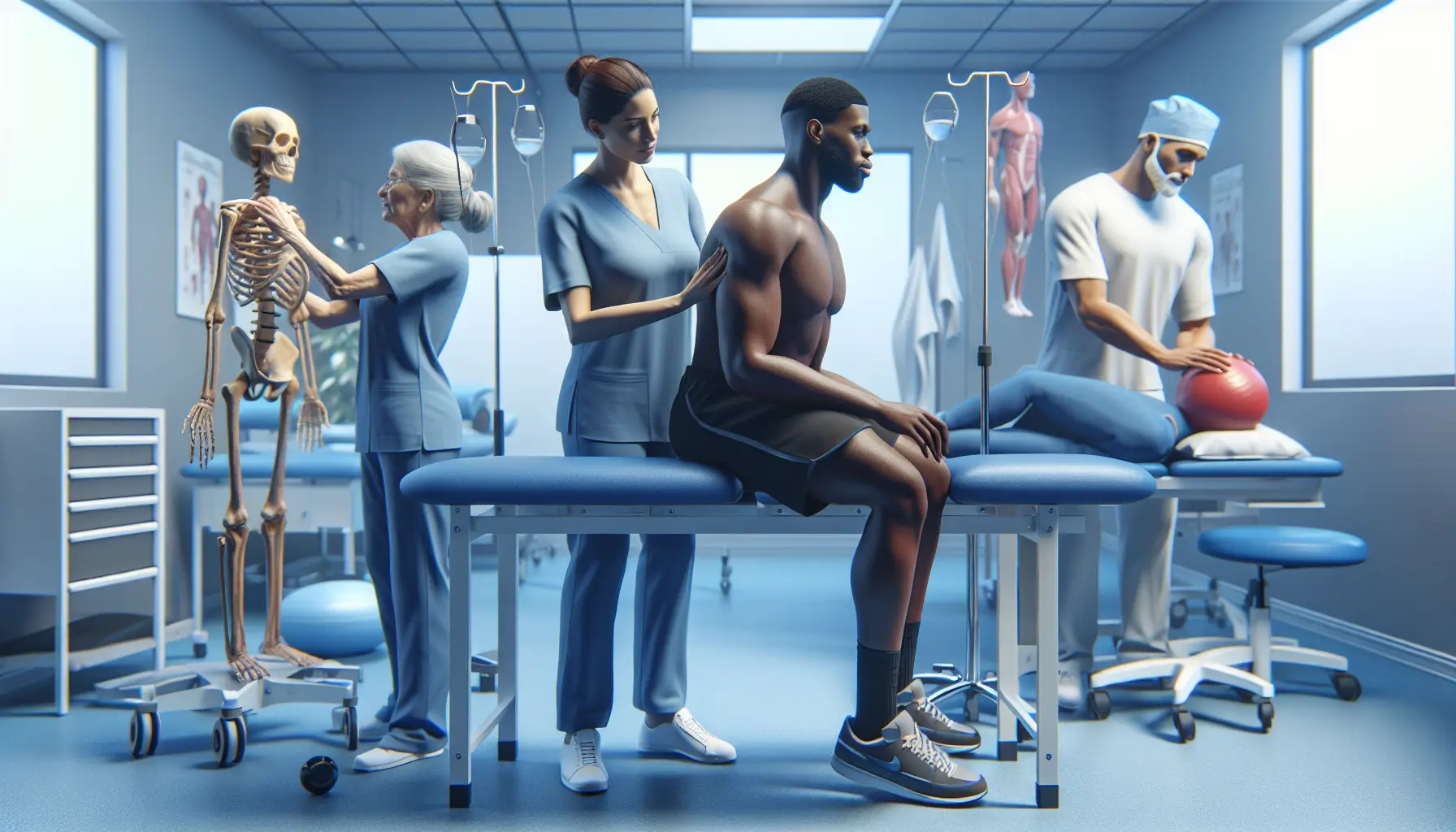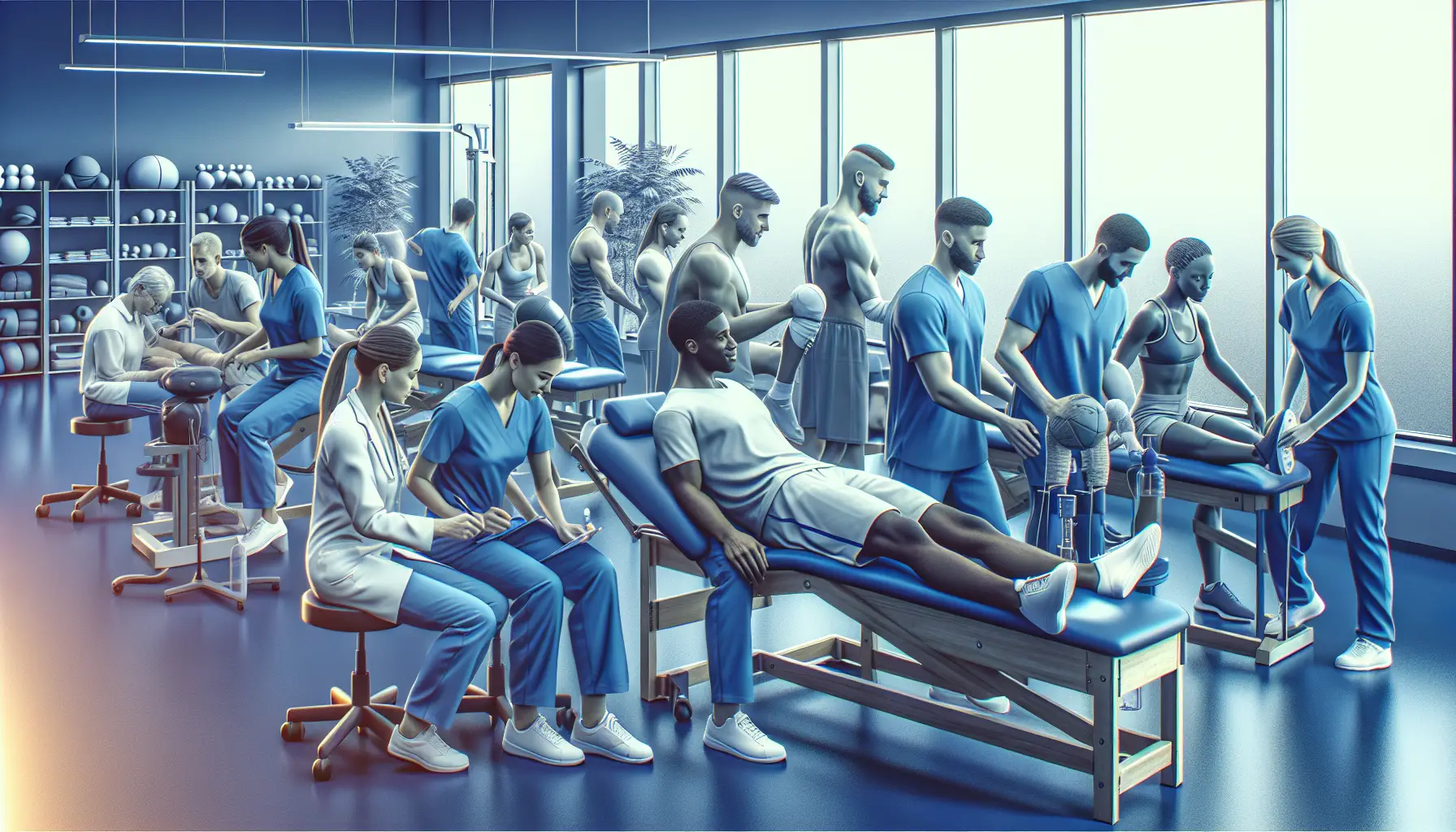Navigating the Path: Exploring Pediatric Physical Therapy Jobs Near Me
Pediatric Physical Therapy: What You Need to Know
What Do Pediatric Physical Therapists Do?
If you’re a pediatric physical therapist, you’re the go-to person for kids from newborns to teens. You help with everything from injuries to conditions they were born with, and even issues from illnesses. Your job covers a lot of ground, including genetic, neurological, and orthopedic problems. You evaluate, help develop skills, and rehabilitate kids to get them back on track (APTA).
| Age Group | Conditions Treated |
|---|---|
| Infants | Developmental delays, genetic disorders |
| Toddlers | Motor skill development, balance issues |
| Children | Injuries, orthopedic disorders |
| Adolescents | Sports injuries, neurological disorders |
What Are Your Responsibilities?
Your main gig is to boost kids’ motor skills, strength, flexibility, endurance, balance, coordination, walking, and overall physical abilities. You create custom treatment plans for each child because every kid is different.
Here’s what you do:
- Start with evaluations and follow-up assessments
- Make and carry out treatment plans
- Teach families exercises they can do at home
- Work with other healthcare pros
To be good at this, you need patience, empathy, and top-notch communication skills. You also need to know how kids grow and develop, and be great at making therapy fun and safe.
Looking for a job? Check out listings for physical therapy jobs near me, part-time physical therapy jobs near me, and full-time physical therapy jobs near me. There are also specialized roles like sports physical therapy jobs near me and outpatient physical therapy jobs near me.
Knowing what pediatric physical therapy involves helps you find the right job that fits your skills and interests. For entry-level opportunities, visit entry-level physical therapy jobs near me.
Becoming a Pediatric Physical Therapist
Thinking about a career in pediatric physical therapy? Here’s a no-nonsense guide to get you on track.
Education and Training
First things first, you need a Doctor of Physical Therapy (DPT) degree. This takes about three years and must be from a program accredited by the Commission on Accreditation in Physical Therapy Education (CAPTE) (University of St. Augustine for Health Sciences).
Steps to Get Educated:
- Bachelor’s Degree: Start with a bachelor’s degree, ideally in a health-related field.
- DPT Program: Enroll in a CAPTE-accredited DPT program. Expect a mix of classroom learning and hands-on clinical experience.
| Degree | Duration |
|---|---|
| Bachelor’s Degree | 4 years |
| DPT Program | 3 years |
Certification and Licensure
Once you’ve got your education sorted, it’s time to get licensed and specialized.
-
National Physical Therapy Examination (NPTE): After your DPT, you need to pass the NPTE, run by the Federation of State Boards of Physical Therapy (FSBPT) (University of St. Augustine for Health Sciences).
-
Specialization in Pediatrics: To specialize, you need 2,000 hours of hands-on experience, including shadowing a pediatric physical therapist and supervised patient work. Then, pass an exam from the American Board of Physical Therapy Specialties (ABPTS).
| Certification | Requirements |
|---|---|
| NPTE | DPT degree, Pass NPTE |
| Pediatric Specialization | 2,000 experiential hours, Pass ABPTS exam |
For more details on applications and specialties, check out the APTA guidelines.
Before you apply, make sure to review the Examination Candidate Guide on the APTA’s online portal.
Follow these steps, and you’ll be well on your way to a fulfilling career in pediatric physical therapy. For job opportunities, check out our pages on physical therapy jobs near me and entry-level physical therapy jobs near me.






